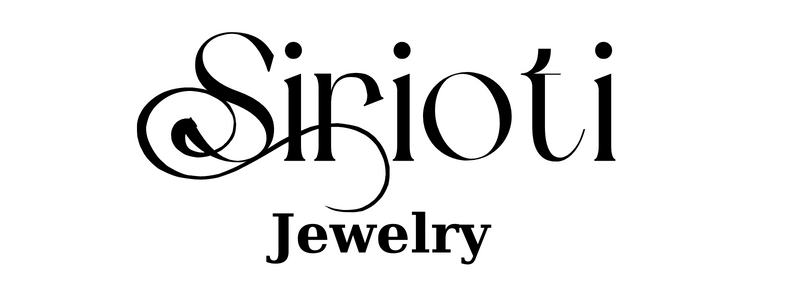Greek mythology is rich with fascinating tales and symbols that have transcended time. Among these, the Amaltheian Horn, also known as the Cornucopia, stands out as a powerful symbol of abundance and prosperity. This blog post delves into the origins, significance, and cultural impact of the Amaltheian Horn.
Table of Contents
- The Myth of Amaltheia and Zeus
- Symbolism and Powers of the Amaltheian Horn
- The Amaltheian Horn in Art and Culture
- Modern Day Significance
- Conclusion
The Myth of Amaltheia and Zeus
The story of the Amaltheian Horn begins with Amaltheia, a nurturing goat who played a crucial role in the upbringing of the infant Zeus. According to myth, Amaltheia provided milk and care to the young god while he was hidden from his father, Cronus. In gratitude for her kindness, Zeus transformed one of Amaltheia's horns into the Amaltheian Horn, a magical object that would provide an endless supply of food and drink.

Symbolism and Powers of the Amaltheian Horn
The Amaltheian Horn is rich with symbolic meaning and legendary powers:
- Endless Supply: The primary attribute of the Amaltheian Horn is its ability to produce an infinite amount of nourishment, symbolizing unending abundance.
- Wealth and Prosperity: The Amaltheian Horn represents wealth and prosperity, overflowing with fruits, vegetables, and other bounties of the earth.
- Divine Reward: The transformation of Amaltheia’s horn by Zeus is a testament to the divine reward for kindness and nurturing.
The Amaltheian Horn in Art and Culture
Throughout history, the Amaltheian Horn has been a popular motif in art and culture:
- Classical Art: The Amaltheian Horn appears in numerous classical artworks, often depicted with gods and goddesses of agriculture and fertility, such as Demeter and Fortuna.
- Renaissance and Baroque Art: During these periods, the Amaltheian Horn was frequently used to symbolize abundance and was a common element in still life paintings.
- Modern Depictions: Today, the Amaltheian Horn is still a symbol of plenty, prominently featured in various cultural celebrations, particularly during harvest festivals like Thanksgiving.
Modern Day Significance
The Amaltheian Horn remains a powerful symbol in contemporary culture:
- Thanksgiving: In the United States, the Amaltheian Horn is a central symbol of Thanksgiving, representing the harvest and the gratitude for plentiful resources.
- Emblems of Prosperity: The Amaltheian Horn continues to be used in various contexts as an emblem of abundance and prosperity, from logos to festive decorations.
Conclusion
The Amaltheian Horn, rooted in the rich soil of Greek mythology, has grown into a timeless symbol of abundance and prosperity. From its mythical origins with Amaltheia and Zeus to its modern-day significance, the Amaltheian Horn continues to inspire and remind us of the endless potential for nourishment and growth in our lives.
By understanding the deep mythological and cultural roots of the Amaltheian Horn, we can appreciate its enduring presence and the values it represents. Whether in ancient tales or contemporary celebrations, the Horn of Plenty remains a beacon of abundance and a testament to the enduring power of myth.
Interested in Greek mythology ? Visit our blog here

